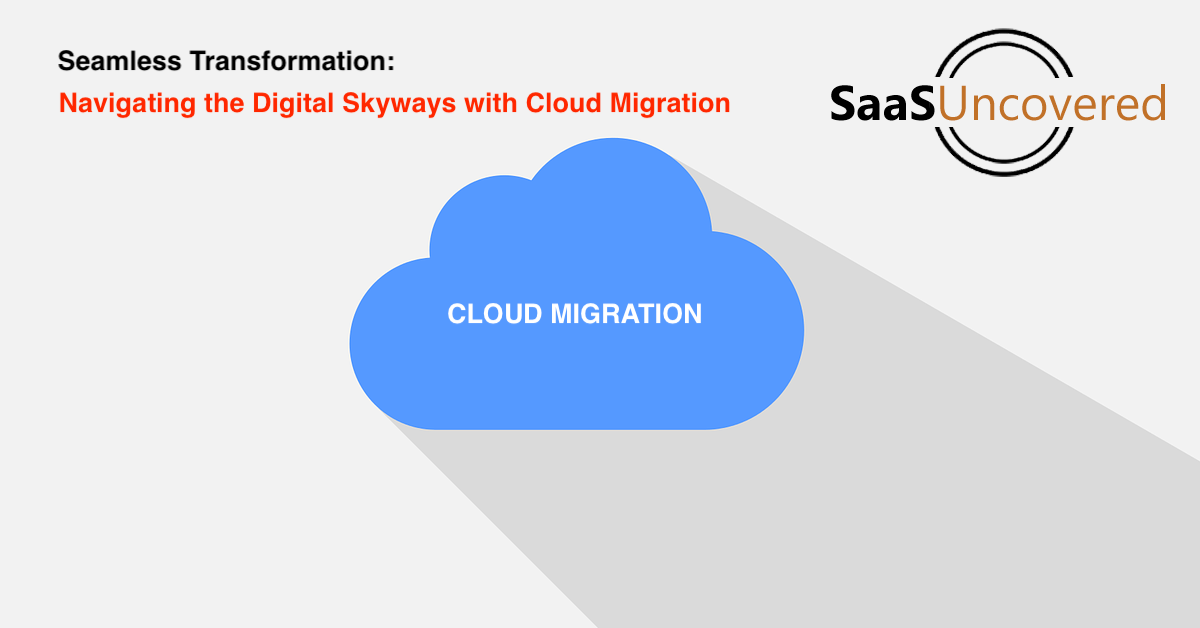Cloud Migration
Cloud migration is the process of moving the data and business processes of a company from legacy infrastructure to the cloud or in between clouds to better suit requirements.
Updated: November 21, 2023

Cloud migration is the process of moving the data and business processes of a company from legacy infrastructure to the cloud or in between clouds to better suit requirements.
Cloud migration involves the movement of applications and workloads seamlessly from on-premises to public, private, or hybrid cloud, or between cloud to cloud environments. Legacy infrastructure include legacy product which is outdated hardware or software system that is still used by companies. Although these products are supported by their vendors in terms of software additions, upgrades, and other features, they are not very efficient and could potentially slow down the business operations when used. So, cloud migration is required for the usage of legacy infrastructure.
Non-critical workloads and applications are moved to understand the benefits of cloud computing. Cloud migration software can be used by companies to help assists on their cloud computing journey to begin the transfer of their workloads to the cloud.
Rehost or lift and shift, Replatform or lift and optimize, Repurchase or drop and shop, Refactoring, Retain or hybrid model and Retire are six different types of cloud migration.
Cloud migration can helps combine and deploy data, speeds up application deployment, helps develop a migration hub, provides security support, assists with planning and analysis and ensures backup and recovery.
Types of cloud migration
- Rehosting (Lift and Shift)
- Replatforming (Lift, Tinker, and Shift)
- Refactoring (Re-architecting)
- Rearchitecting (Rebuilding)
- Retire
- Retain
- Hybrid Cloud
- Multi-Cloud